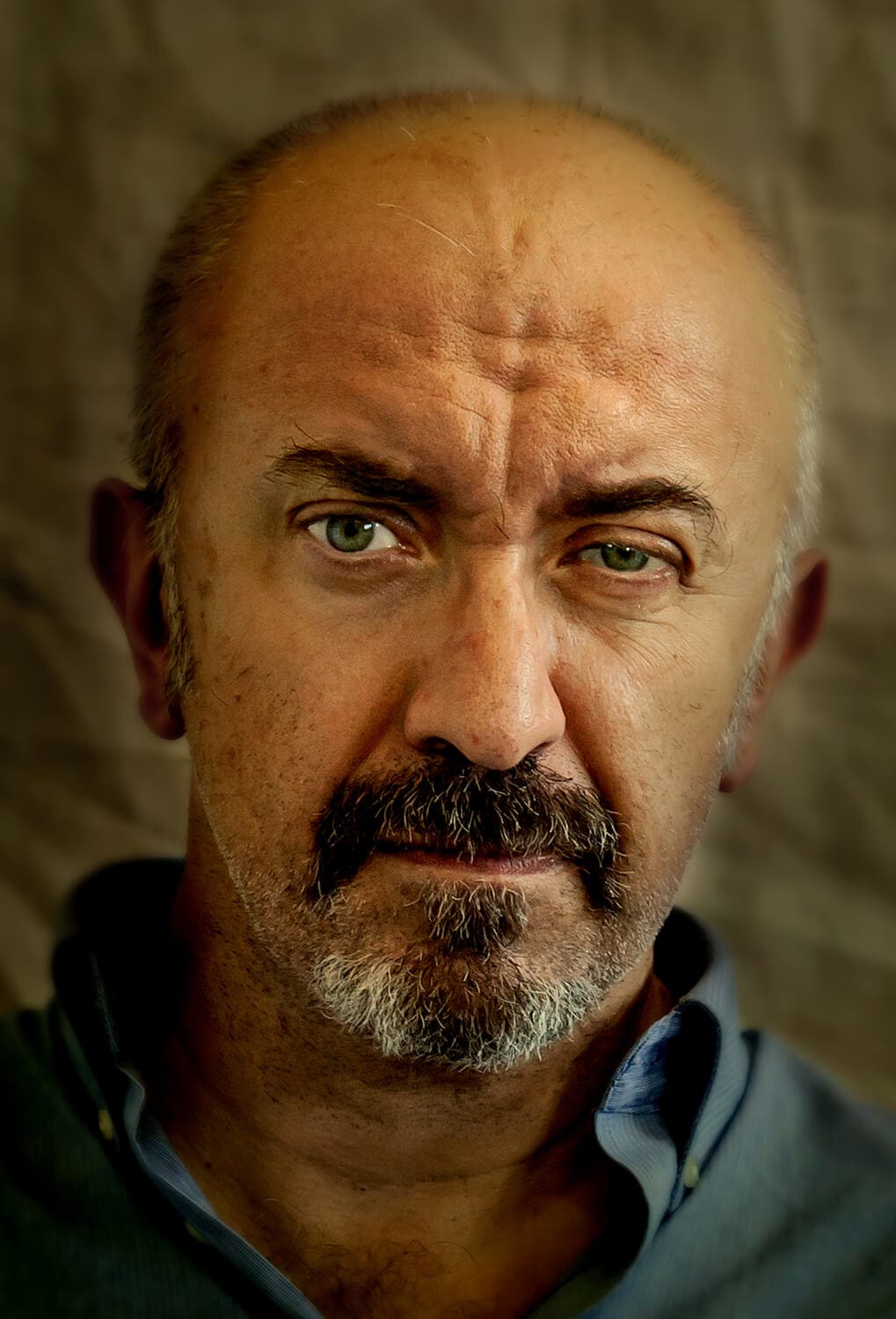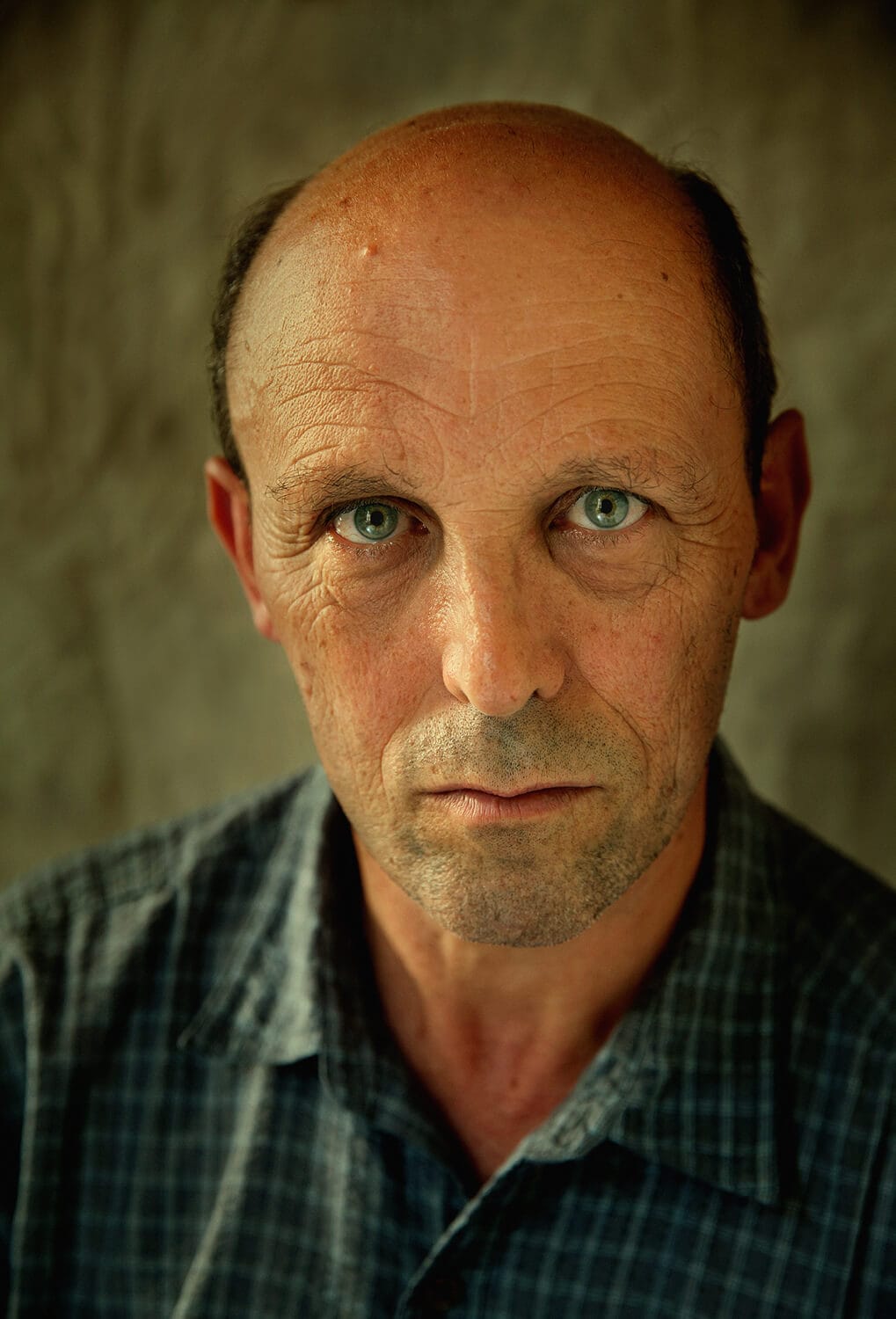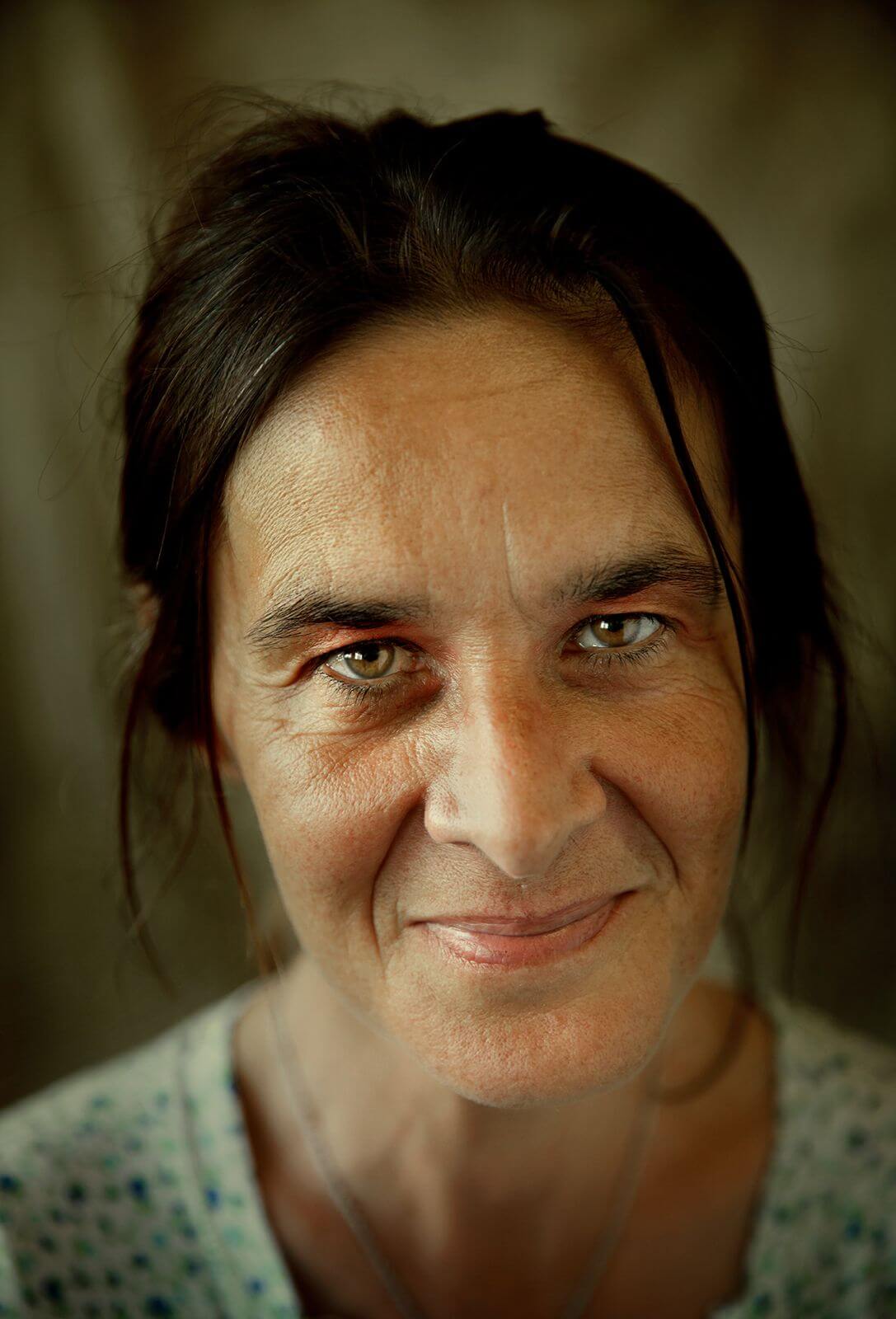Sapori Reclusi
Face to Face Project
Project
Face to Face
Saporireclusi Association
Saporireclusi Association – We speak for the ones who can’T
Face to face
We often use Prejudice, whether conscious or not, as a filter through which we look at people’s faces.
Face to Face seeks to disrupt this way of observing and understanding others — the strangers we come across, the individuals whose gaze we meet — often instinctively attempting to categorize them in some manner. Face to Face accomplish this through the medium of photography.
The project was conceived and brought to life by Davide Dutto, whose previous experience in Italian prisons inspired a profound journey of reflection on the individual perception of others, focusing on physical features, in this case the face.
Thus, the Face To Face project is born with the participation of the Cesare Lombroso Museum of Criminal Anthropology in Turin and our Association.
Info PROJECT
SaporiЯeclusI
Face to face
After conducting a thorough study at the photographic archive of the Cesare Lombroso Museum of Criminal Anthropology in Turin, the idea arose to explore preconceptions coming from encounters with diverse faces. The goal was to analyze how these perceptions vary based on each individual’s origin, culture and roots, reflecting on how they are influenced and shaped by the media.
Cesare Lombroso, the founder of criminal anthropology, collected materials throughout his medical and psychological studies that he believed were useful to demonstrate that the physical characteristics of individuals can help explain if they are biologically predisposed to commit crimes. Thieves, rapist, prostitutes, murderers and inmates in prison were observed, analyzed and categorized based on the shape of the head, nose, cheekbone position and lips. Every aspect of these individuals’ lives, including hobbies, tattoos, personal belongings, and crime scenes was meticulously studied.
While Lombroso’s reflections on one hand merit placing individuals and their life contexts at the center of scientific analysis, on the other, they perpetuated strong prejudices about diversity among individuals, fuelling stereotypes and widespread beliefs even within the scientific community of that era. In some ways, his ideas continue to influence us today.
Starting directly from Cesare Lombroso’s studies, the project prompts us to reflect on certain questions.
- Why do we perceive someone as a criminal?
- Does imprisonment alone definitively separate those who commit crimes from those who do not?
- What concepts or preconceptions do we employ when we look at others?
- How do the images we encounter in newspapers, cinema and television influence us?
- Once we understand the prejudices to which we are all more or less consciously subjected, how can we truly see the person in front of us?

Support Us
HELP OUR PROJECTS
IBAN di Sapori Reclusi:
IT68Z0617046320000001531236
Indeed, each and every one of us, at least once in a lifetime, has likely said, while looking at the photo of a wanted or convicted person: “This man/this woman really looks like a criminal!”. Even if not everyone shares this perspective, it is undeniable that we live in a world where people different from us continue to evoke fear. Preconceived notions about the “foreigner,” the “homeless,” the “black,” the “Romani” or the “prostitutes” fuel age-old fears, such as the fear of losing what one has or has built: home, money, a job, a family.
Drawing inspiration from these reflections, Davide Dutto and Sapori Reclusi organized a series of meetings between individuals, both with a criminal background and without, at the correctional facilities in Saluzzo and Turin. The objective was to delve into the meaning associated with the concept of a “criminal face” in society. Each encounter initiated a phase of discussion and exploration of mutual perceptions and judgments, prompting reflection on the conscious and unconscious mechanisms that drive us to form opinions about others.
The photographer then captured the faces of the participants, drawing inspiration from the aesthetic used by Lombroso. By doing so, 20 images were created, depicting both criminals and non-criminals. The identity of the subjects portrayed is never disclosed, encouraging the observer to reflect on their predisposition to judge based on appearance. The exhibition thus sparks a profound contemplation on the perception of others, prompting not just intellectual reasoning but a pure experience of one’s sensations.
The Cesare Lombroso Museum of Criminal Anthropology in Turin houses the collections gathered by the scholar in the second half of the 19th and early 20th centuries. Partnering with the project from the beginning, the museum hosted the initial exhibition of the photographic display Face to Face: Art against Prejudice.
The photographic exhibition Face to Face: Art against Prejudice features a collection of anonymous portraits — just people, both those with a criminal background and those who are free, individuals in confinement, women and men. The actual criminals will never be revealed. The faces communicate, provoke thoughts and reshape ideas.









